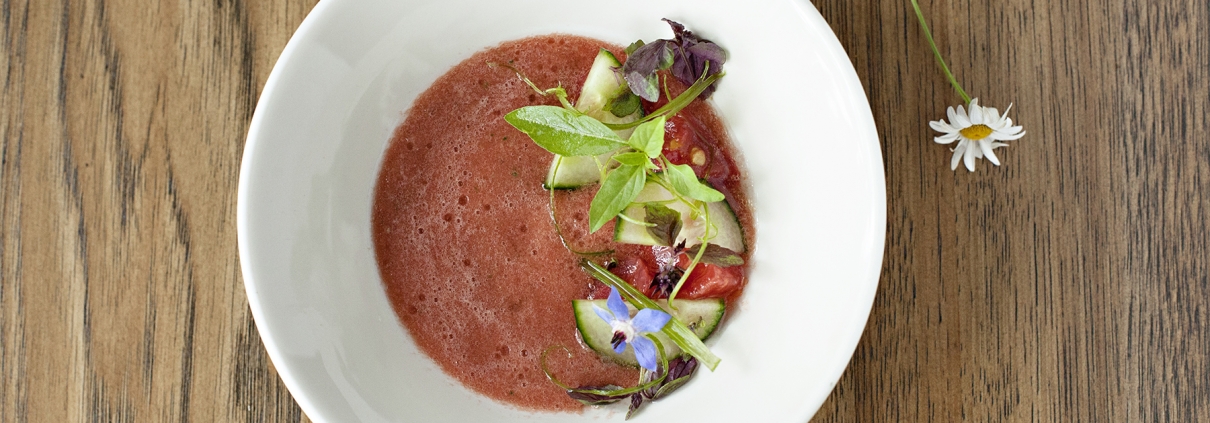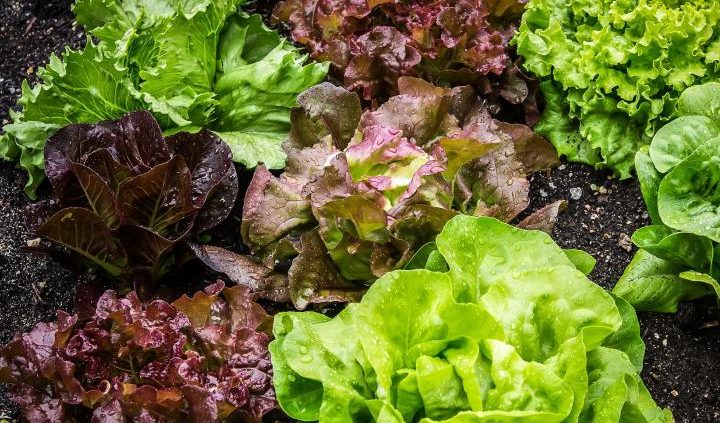Feeling exhausted and blue these winter months? How’s your vitamin D? Perhaps it’s time to take stock of this vital vitamin and tap into its healing powers.
For far too long vitamin D was the most underrated nutrient in the world of nutrition. We paid very little attention to this powerhouse, which resulted in widespread deficiencies and varied physical, mental, and emotional struggles for many. Thank goodness we now know just how important this single vitamin is – a vitamin which is actually a hormone made from a reaction between our bodies and the sun. A hormone! And we all know by now that hormones are nothing to mess around with.
The benefits of vitamin D are virtually endless, which can make it sound a bit suspicious and something of a cure-all. There’s certainly much more to creating health for ourselves than simply bumping up this single vitamin, but it’s a logical, smart place to start if you’re not feeling like your best, most vibrant self. Optimal vitamin D levels help prevent fatigue, osteoporosis, depression, as many as eighteen different types of cancer, influenza, Alzheimers, and hormonal imbalances, including those that contribute to PMS, sex hormone imbalances, and infertility. Research also shows that vitamin D may help prevent autoimmune diseases like multiple sclerosis, lupus, type I diabetes, and Hashimoto’s. Vitamin D boosts and regulates the immune system, helps regulate insulin signaling, and calms down chronic inflammation. Again, it may not be a cure-all, but I wouldn’t hesitate to call it a superhero in the vitamin-hormone world.
Here are some additional interesting tidbits about our vitamin superhero:
- For 1/2 the year vitamin D is free because your body makes it when sunlight touches your skin; however, from October – April we make little or no vitamin D due to the sun’s angle, especially in Northern latitudes (like Minnesota, where I live). Perhaps this is why so many of us crave a warm weather getaway mid-winter; we’re craving a vitamin D boost. Most people can benefit from supplementation in winter. I like “Vitamin D Complete” by Nutricology and Isotonix Vitamin D with K2 for those people who are tired of swallowing pills and would prefer a liquid.
- The further you live from the equator, the more sun exposure you need to generate vitamin D. Most U.S. states (certainly Minnesota) are considered far from the equator, which is why deficiencies run rampant here.
- Additionally, the darker your skin is the more exposure you need to generate vitamin D – about twenty to thirty times the exposure, in fact. Deficiencies among African-Americans are dangerously widespread.
- Chronic vitamin D deficiency can’t be reversed overnight; it typically takes months of supplementation and sun exposure to rebuild the body’s stores, but it’s not hard to do and is well worth the effort. It just takes some follow-through.
- If you’ve been taking supplemental vitamin D for several months and are not seeing an improvement in your levels, you may need to add in some supplemental magnesium, which helps with absorption.
- An overloaded or stressed liver may also impair one’s ability to produce vitamin D. There are many ways to support one’s liver, including easing off alcohol, sugar, and fried foods, eating more leafy greens and plant foods, and taking supportive liver supplement like milk thistle.
- Vitamin D is critical for strong bones and muscles.
- It’s very difficult to get adequate vitamin D through food. Most foods, unless fortified, are poor sources, and fortified foods are often processed foods and not the best for us anyway. This is why sunlight exposure is so important. Cod liver oil, sardines, and salmon are the best food sources.
Do you know if you’re getting enough vitamin D?
It may surprise you to learn that many doctors still do not automatically test for this vitamin-hormone. This shocks the daylights out of me given how beneficial it is. So this may very well be a test that you need to ask for. Don’t be shy about asking. It’s a simple test to add to your next round of bloodwork. Ideally you want your levels to fall between 55-80 ng/ml. Conventional medicine may tell you that 30 ng/ml is sufficient. I disagree. While it may be “sufficient” in terms of meeting a bare minimum requirement and preventing rickets in children, it’s certainly not optimal. Why not go for optimal?
Lastly, I encourage my clients who have struggled with deficiencies to get their levels tested both in the late summer or fall – sometime around September or October – and then again in the spring, preferably around April. This will give you a pretty good idea of how well your body produced vitamin D throughout the summer months (assuming you spent time outdoors), and then where your levels fall after winter.
Spring is on it’s way, but it’s not here yet. February and March can be tough months for a lot of us. We’re antsy. We’re ready for spring and the freedom to be more active, but we’re not yet feeling energized because of our lingering dark, gray days. I know I’m already craving the feeling of having my hands in the dirt and the smell of compost around me, but sadly these things are still a couple of months away. Vitamin D won’t help usher in spring any more quickly, that’s for sure, but it will help light you up from the inside. I know that for a fact.
In love & service,
Claudine
P.S. As always, I’d love for you to leave a comment below. I’m always curious about what you’re thinking, and I’ll always respond.




Follow